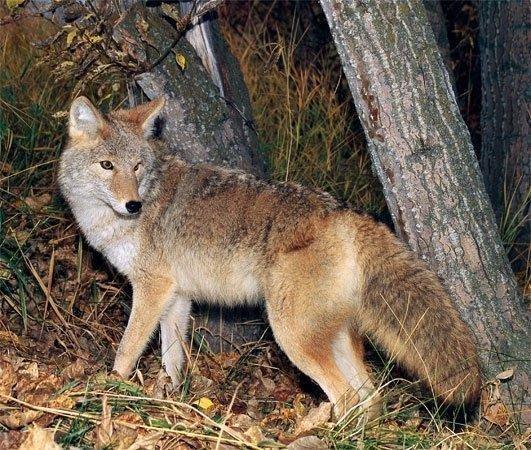In Utah’s lastВ legislativeВ session, funds were allocated to the Utah Division of Wildlife Resources as part of Senate Bill 87 to control coyote populations in the state.
Once registering and completing an online training program, participants can receive $50 for each properly documented coyote. There is no limit associated with the program.
The program, named Utah’s Predator Control Program, was initiated to protect non-predatory animal species affected by large populations of coyotes.
“We don’t know how many there are,” said Brent Stettler, Conservation Outreach Manager from Utah’s DWR, when asked about coyotes. “They are impossible to count. Consider how infrequently you see them. Trying to get an idea of the statewide population would only be guesswork.”
“We do know that coyotes play a significant role in the mortality of many deer and antelope fawns,” he continued. “They may also kill adult deer when working as a family group. That’s especially the case during winter when coyotes can run on top of the snow that has an icy crust. The deer break through and are slowed in their flight from these predators.”
The biggest reason for the bounty program is to protect deer and antelope herds in the state.
“The hope is that the number of coyotes will be reduced to the point that our deer herds may recover,” Stettler said. “Since coyotes kill many fawns, we hope to save these fawns so they grow up and themselves contribute to the reproduction andВ replenishmentВ of the population.”
Hunters could begin registering for the program July 1. Payments, though, will not be distributed until after September 1.
According to the Utah DWR webpage, hunters must “present the coyote and the properly filled out compensation form to the DWR. The compensation form must include the GPS location where the coyote was taken, the identity of the person who took it, and the date of removal.”
Additionally, participants must “check in the coyote’s lower jaw and either the full pelt or the scalp (with both ears attached). Coyote ears will be marked by the DWR to prevent double payments. Disposal of carcasses is the responsibility of the program participant.”
Coyotes must be checked in only at designated sites and on designated days and times. Check-in sites and procedures will be listed on the DWR website before Sept. 1, 2012.
For complete program rules and regulations, click here.
So if you’re low on cash and love to hunt, sign up and complete the online training program and watch your bank account grow.


